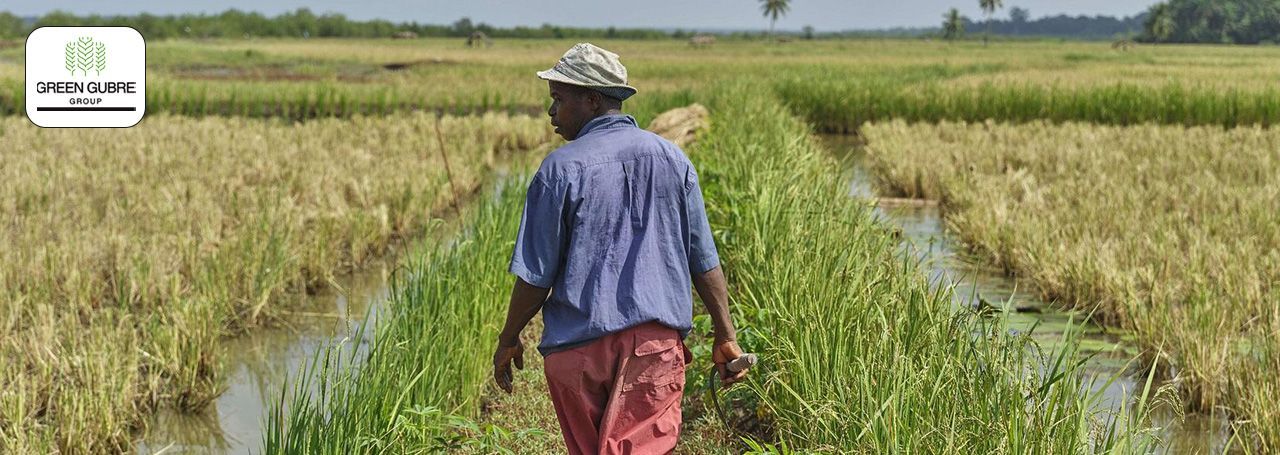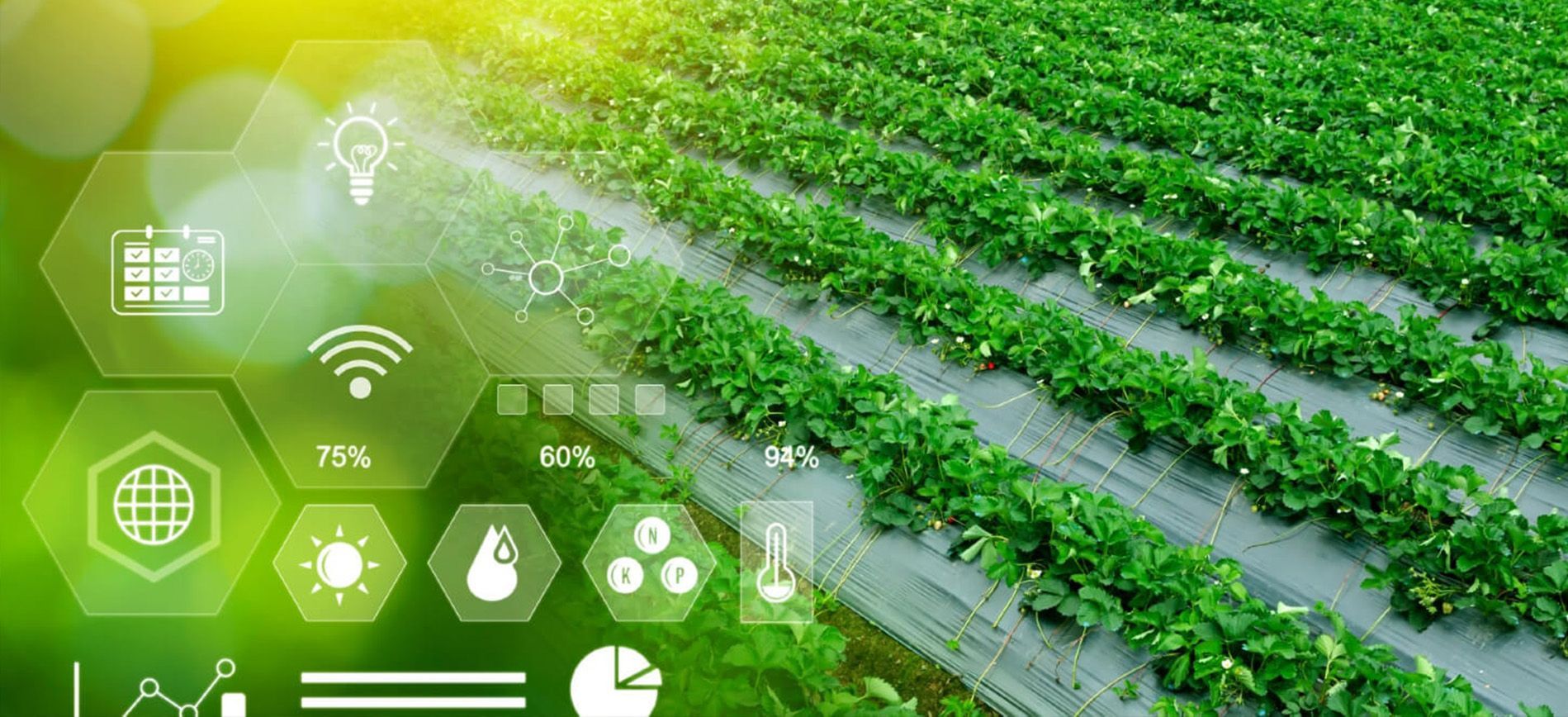Crop Diversification: Building Resilience in African and Indian Agriculture
Crop Diversification:
Building Resilience in African and Indian Agriculture

Crop diversification is an age-old practice that has gained renewed importance in today’s agricultural landscape. By growing a variety of crops, farmers can reduce risks, improve soil health, and enhance resilience against climate change. For regions like Africa and India, where agriculture faces threats from climate variability, pests, and market fluctuations, crop diversification offers a sustainable solution for long-term productivity. This blog explores the benefits of crop diversification, best practices, and strategies for promoting its adoption among smallholder farmers.
1. The Importance of Crop Diversification in Sustainable Farming:
Crop diversification involves growing multiple crops within the same farming system, either simultaneously or in rotation. This practice promotes biodiversity, enhances resource efficiency, and reduces reliance on a single crop, making farming systems more resilient and sustainable.
- Reducing Crop Failure Risk: By diversifying, farmers minimize the impact of crop-specific threats, such as pests or market fluctuations, improving resilience and income stability.
- Enhancing Soil Health and Fertility: Crop diversification enriches soil by preventing nutrient depletion, supporting a balanced ecosystem, and reducing the need for synthetic fertilizers. For instance, legumes fix nitrogen in the soil, benefiting subsequent crops.
- Promoting Biodiversity and Climate Resilience: Diverse farming systems support a variety of organisms, improving pest control and soil health. This biodiversity helps crops withstand extreme weather events, pests, and diseases, building resilience against climate change.
2. Common Crop Diversification Practices in African and Indian Agriculture:
Various crop diversification methods, from intercropping to agroforestry, can be tailored to the unique needs of African and Indian farming systems.
- Intercropping: Intercropping involves planting multiple crops in the same field, optimizing space, and reducing pest infestations. Popular combinations in India and Africa include maize and legumes or rice and vegetables.
- Crop Rotation: Crop rotation involves changing crops seasonally, which helps prevent soil nutrient depletion and reduces pest build-up. Farmers commonly rotate cereals with legumes to improve soil fertility naturally.
- Agroforestry: Agroforestry incorporates trees alongside crops, providing shade, improving soil health, and creating microclimates that reduce water evaporation. This practice is effective for both staple and cash crops.
- Relay Cropping: Relay cropping involves planting a second crop before the first crop is fully harvested, maximizing land use and providing continuous ground cover, which prevents soil erosion and promotes moisture retention.
3. Challenges in Promoting Crop Diversification:
While crop diversification offers numerous benefits, certain challenges need to be addressed to encourage adoption among smallholder farmers.
- Limited Access to Diverse Seed Varieties: Farmers may lack access to seeds for different crops, limiting their ability to diversify. Expanding local seed distribution and seed banks can help farmers obtain quality seeds.
- Market and Financial Constraints: Some crops may lack stable market demand or require additional labor, deterring farmers from diversifying. Access to value-added processing and stable market channels can make diversification more attractive.
- Knowledge and Training Gaps: Farmers unfamiliar with crop diversification may struggle with crop management and rotation planning. Training programs, community workshops, and digital learning resources can provide valuable guidance.
4. Strategies for Supporting Crop Diversification:
Encouraging crop diversification requires a mix of financial support, market access, and knowledge-sharing initiatives. Here are effective strategies for promoting this practice:
- Subsidies and Financial Incentives: Governments can offer subsidies or grants to farmers who adopt crop diversification practices, covering costs for seeds, inputs, and labor. Financial assistance can make diversification more economically viable.
- Establishing Seed Banks and Distribution Networks: Local seed banks and distribution centers provide farmers with access to a variety of quality seeds, enabling them to experiment with different crops. Partnerships with private seed companies and research institutions can support these initiatives.
- Creating Market Access and Value-Added Opportunities: Developing stable market channels for diverse crops allows farmers to sell their produce profitably. Value-added processing facilities enable farmers to process and sell products, such as oils or dried legumes, expanding their income sources.
- Community-Based Training and Knowledge Sharing: Community workshops, demonstration farms, and digital training resources educate farmers on crop diversification benefits and techniques. Knowledge-sharing initiatives build confidence and promote widespread adoption.
5. Benefits of Crop Diversification for Sustainable Agriculture and Rural Development:
Crop diversification offers a range of economic, environmental, and social benefits that contribute to sustainable agriculture and rural development.
- Improved Crop Yields and Economic Stability: By diversifying, farmers can enhance productivity, improve yield stability, and reduce dependency on a single crop. Greater income stability enables smallholders to invest in their farms and improve their livelihoods.
- Enhanced Climate Resilience and Adaptation: Diversified farms are better able to withstand extreme weather, pests, and diseases, promoting resilience against climate change. As a sustainable practice, crop diversification supports long-term agricultural productivity.
- Environmental Conservation and Soil Health: Crop diversity reduces the need for chemical inputs, promotes biodiversity, and improves soil health through natural nutrient cycling. By protecting the environment, crop diversification contributes to sustainable ecosystems.
- Supporting Food Security and Nutrition: Growing a variety of crops increases food availability and provides access to diverse, nutritious foods for local communities, supporting food security and improving dietary quality.
Conclusion:
Crop diversification offers a sustainable pathway to building resilience, enhancing productivity, and supporting food security in Africa and India. Through financial support, seed access, and educational programs, stakeholders can encourage farmers to adopt diversified farming practices. As more farmers embrace crop diversification, Africa and India will be better equipped to meet food security challenges, promote environmental sustainability, and foster rural development. Embracing crop diversity is not only a strategy for agricultural success but also a key component of building resilient, sustainable food systems.




